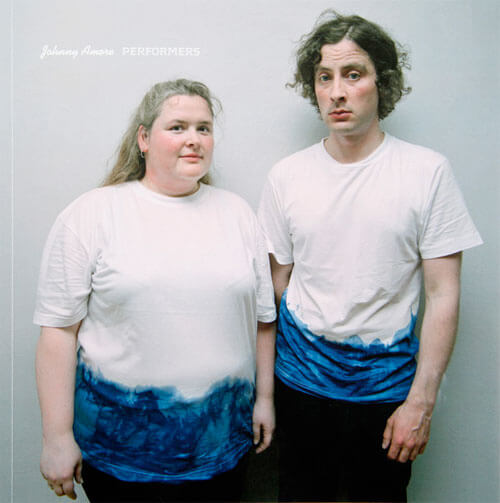Statement
"Due to the natural dynamic and complexity of the individual, I have always been drawn to portraiture. I photograph persons to whom I feel an initial attraction and try to reflect this force in images. A power that you cannot describe in words or in rational concepts but it captures the attention and creates a strong curiosity, a sort of addiction not only to body shapes, eyes, skin tonalities, but to what is behind: the thoughts and the mental state of that persons. And I feel a sort of instinct of possession, a desire to materialize the moment that this person is living.
The human presence, with it’s emotionality, is some times too strong; it is almost insulting, shouting to get all the attention: Like a red dot in the green, like a flash in the darkness. To balance that force I need the background, the space that as a negative form defines the contour of the figure. Through that supplementary space I create a whole story. The key of my research lies in the dialogue between the person and its background; sometimes I think I am not portraying a person with a background, but the background with a person; sometimes it is the opposite. The background speaks about fear, happiness, peace, desperation; it speaks about the circumstances through an atmosphere. There is one basic element that is crucial to bring all the elements together: The light. Like a thread that creates structure and consistence in a tissue; the magical substance of photography. It is a physical condition that contains many extraordinary qualities. The photography is a chemical reaction in which the light is transcripted in a plain surface, creating a code that by the eyes suggest reality; but photography is not reality itself but an abstraction of it. And this is the point that fascinates me; the possibility of recreating the reality through the chemical process." -- Patrick Morarescu
